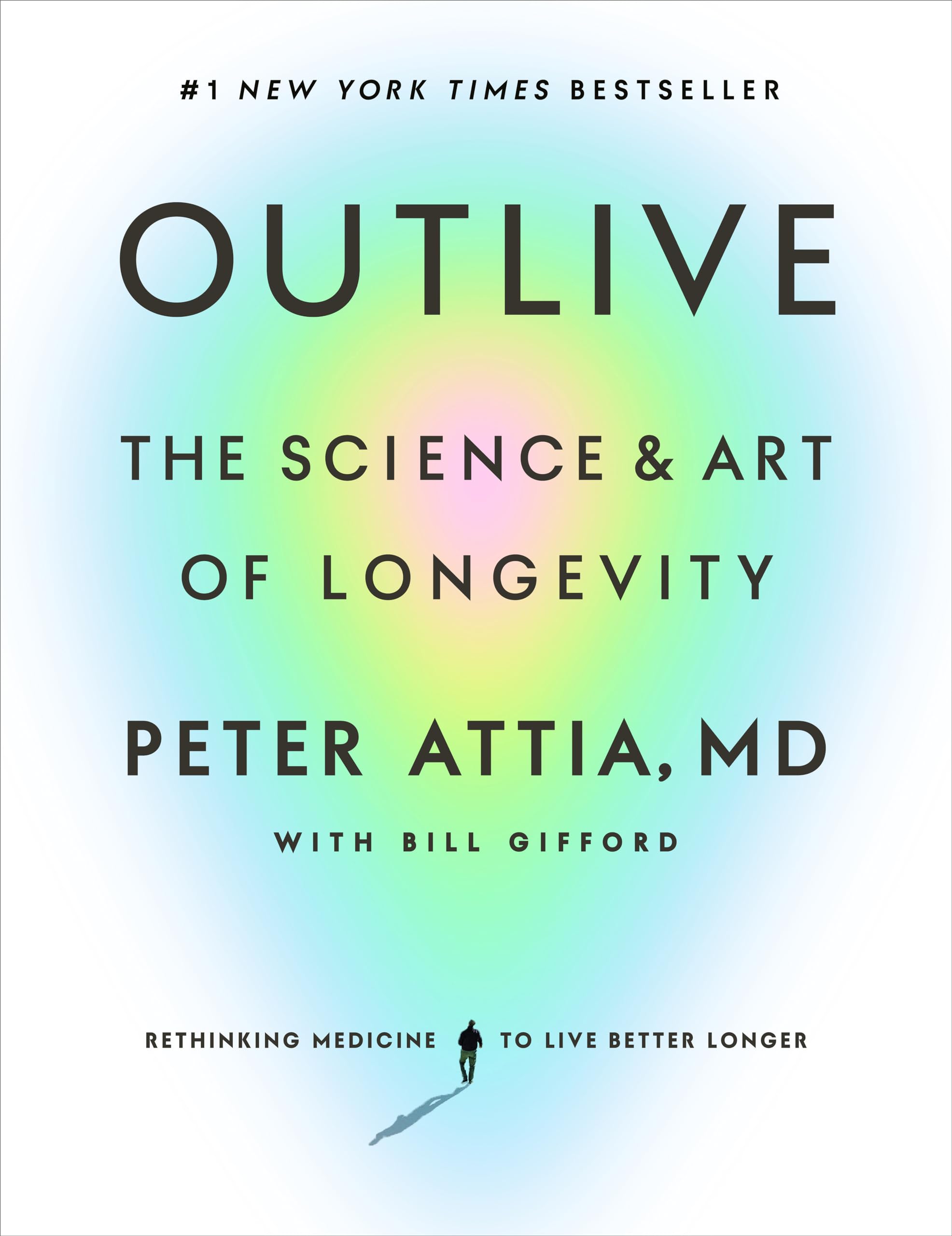Chapter 2: Medicine 3.0: Rethinking Medicine for the Age of Chronic Disease
byChapter 2 presents a bold and transformative vision for the evolution of healthcare, arguing that the medical field must adapt to effectively manage chronic diseases, which the author identifies as the defining health challenge of our era. The chapter opens with a personal anecdote from the author’s time in medical residency, illustrating his frustration with the rigid structures and deeply entrenched traditions that dictate medical training. He highlights how these outdated practices create an environment resistant to progress, limiting innovation and preventing the field from evolving to meet modern healthcare demands.
As the narrative unfolds, the author recounts a significant turning point in his career—his transition into consulting at McKinsey & Company, an experience that profoundly reshaped his perspective on risk assessment. While working with financial institutions, he developed a deeper understanding of risk management, a concept largely absent in the medical field. He observed how industries such as finance employ advanced models to anticipate and mitigate risks, while medicine remains primarily reactive, addressing health issues only after they become critical rather than proactively preventing them.
To provide historical context, the author outlines the progression of medicine through three distinct phases. The first era, Medicine 1.0, relied on observational techniques, limited scientific understanding, and trial-and-error methods, often leading to inconsistent and ineffective treatments. The next phase, Medicine 2.0, emerged with the advent of germ theory, antibiotics, and vaccines, drastically improving the ability to combat infectious diseases. However, despite its undeniable success in addressing acute health crises, Medicine 2.0 remains inadequate when it comes to chronic illnesses, which require a more personalized, preventative, and risk-aware approach to patient care.
This shortcoming sets the stage for Medicine 3.0, an advanced medical paradigm centered on preventive care, personalized treatment plans, and a more sophisticated approach to understanding health risks. Rather than waiting for illnesses to develop and then treating them, this model emphasizes lifestyle modifications, early detection, and data-driven decision-making to optimize long-term health outcomes. The author stresses the necessity of integrating cutting-edge technology, such as genetic analysis, wearable health monitors, and artificial intelligence-driven diagnostics, to create more individualized treatment plans that cater to each patient’s unique genetic and lifestyle factors.
Beyond just advocating for medical innovation, the chapter also critiques the financial structures that dictate modern healthcare, particularly in countries where the system is built around treating diseases rather than preventing them. Many healthcare providers operate within a system that incentivizes expensive interventions, hospitalizations, and pharmaceutical treatments, rather than focusing on strategies to keep people healthy in the first place. The author points out that a preventive model—one that prioritizes early lifestyle interventions, continuous monitoring, and proactive risk mitigation—could not only improve overall public health but also reduce long-term medical costs and alleviate the burden on healthcare systems.
To illustrate the importance of anticipating risks, the author draws an analogy to the Titanic disaster, comparing the failure to foresee long-term health issues to the ship’s ill-fated journey. Just as the Titanic’s crew underestimated the danger of unseen icebergs, many patients and physicians fail to recognize and address chronic disease risk factors until it is too late. He argues that proactively navigating these health risks, rather than reacting to crises, is key to improving healthspan—the number of years a person lives in good health—rather than merely extending lifespan.
In the final section of the chapter, the author presents a compelling call to action, urging both healthcare professionals and individuals to embrace the principles of Medicine 3.0. He envisions a future where patients take a more active role in managing their own health, shifting from passive recipients of care to informed decision-makers who proactively engage with medical advancements. He likens individuals to captains steering their own ships through the unpredictable waters of long-term health, guided by a new generation of forward-thinking medical professionals who equip them with the knowledge and tools necessary to make informed choices.
By embracing Medicine 3.0, both patients and doctors can shift toward a more sustainable, personalized, and prevention-focused approach to healthcare. This model has the potential to transform the way chronic diseases are managed, reduce unnecessary medical costs, and ultimately empower people to lead longer, healthier, and more fulfilling lives. The chapter leaves readers with the notion that the future of medicine should not be about simply adding years to life, but rather ensuring that those years are lived in the best possible health.


